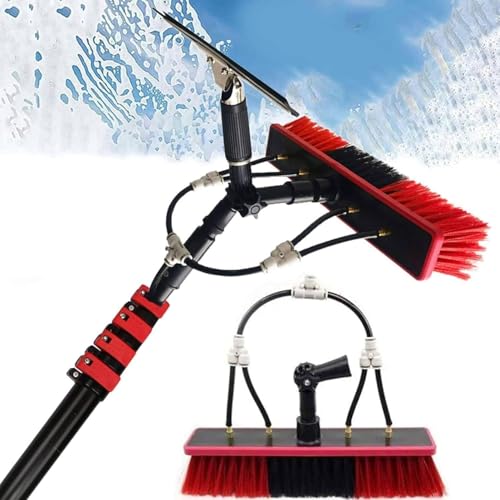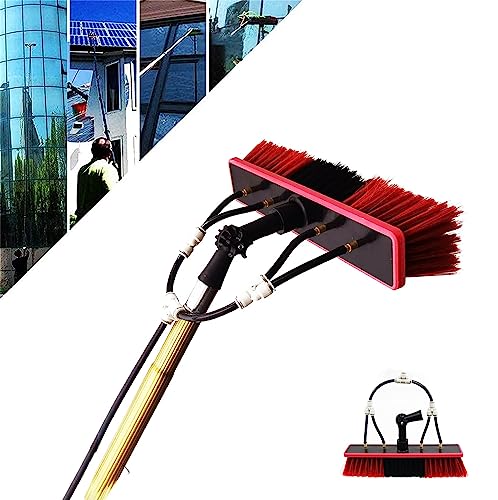Quickwindowclean
Well-known member
- Messages
- 140
- Location
- Northumberland
That's right mains power is a pain.. I can get it but its hassle especially every night as I need to now..To be honest best to pay someone who knows what they are doing. Have a look for motorhome mobile service people and send them an email asking if they can fit a suitable charging system to your van to recharge leisure battery. Also tell them what current you pull of the battery i.e. Pump, hose reel etc. Explain the problem and ask them for a solution.
Batteries are capable of discharging very large currents that can cause fires so safest to get someone who knows what they are doing to install.
Sorry can't remember back to beginning plus a few beers but I assume you can't get mains power so you could mains charge each night with ctek or similar?
I agree dont wana mess with it specially when thicker cables are involved. But that said if I cant find someone I'll just have too so must stay in touch.
If you ain't too drunk did I make sense with the higher amps being an issue like if 100 amps going in via split relay when any more then 30 could be damaging ?






























